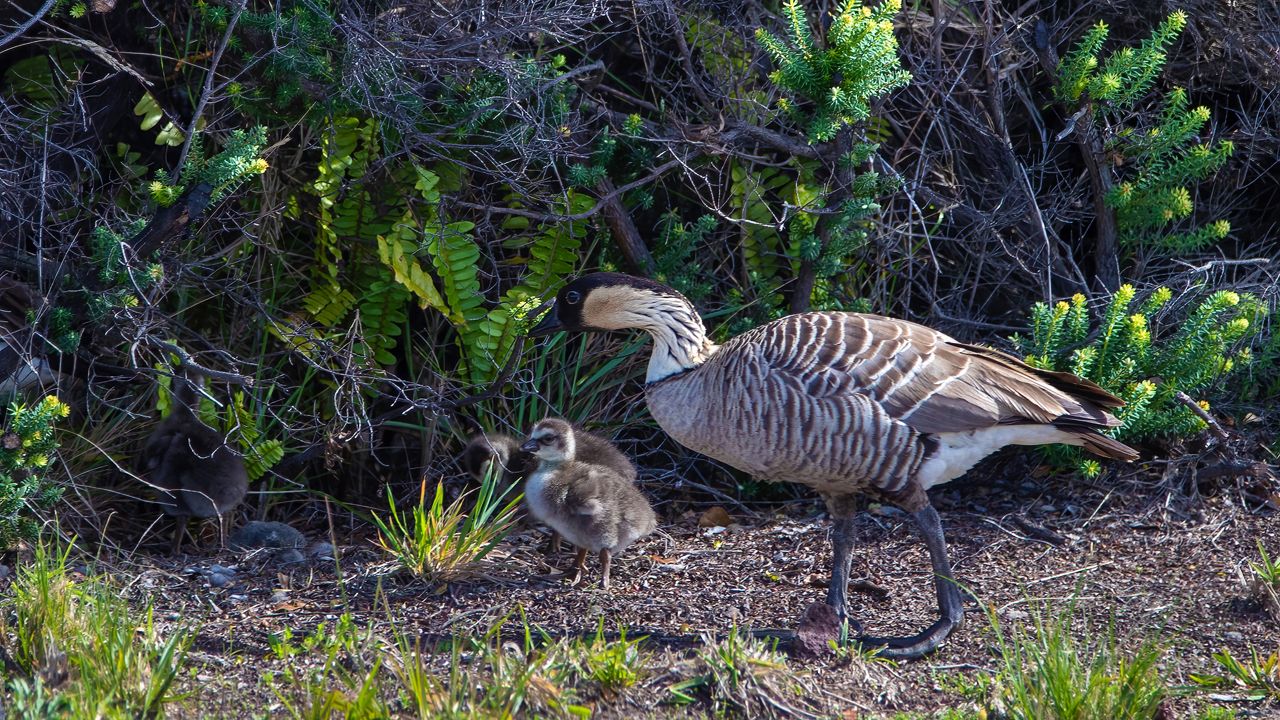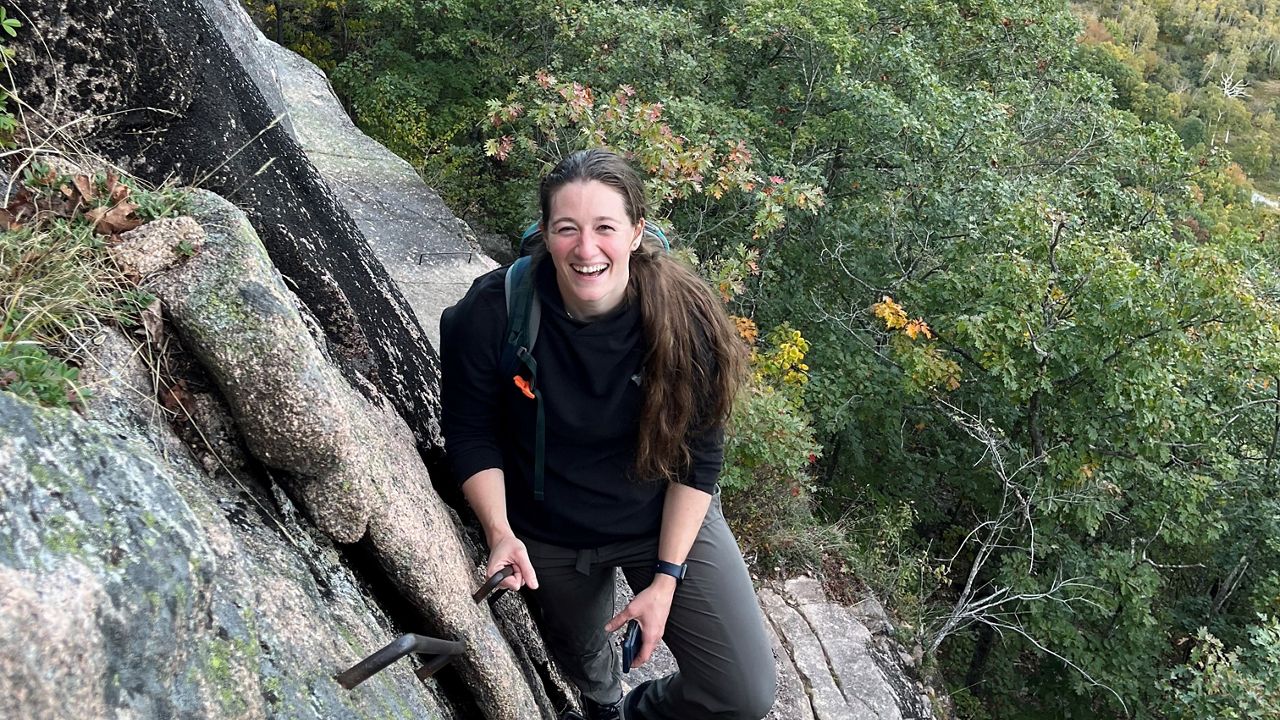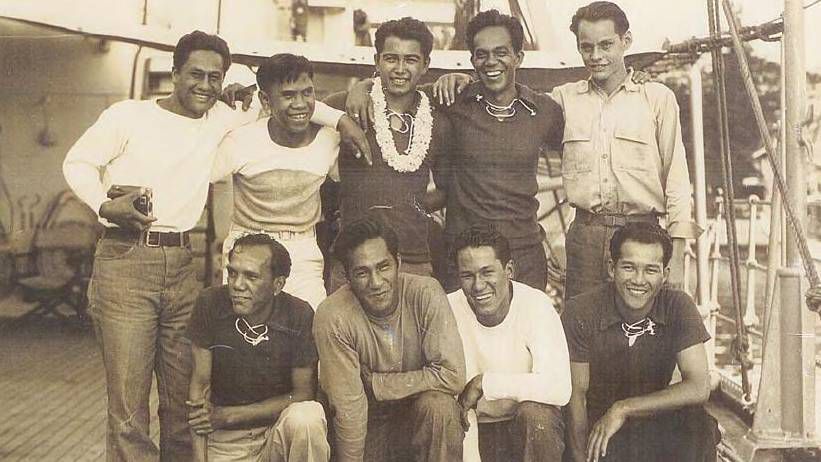There is good news for Hawaii’s nene population as it has grown by three at Hawaii Volcanoes National Park. The official state bird of Hawaii, also known as the Hawaiian goose, is a threatened species.
The goslings’ parents had been nesting near Uekahuna, located above the cliffs of the caldera of Kilauea. Park officials had closed off the parking lot and western viewing area to visitors in early November to protect the nesting nene families in the area.
“Another three goslings just hatched near the same area on Nov. 29,” said Jessica Ferracane, public affairs officer for the park. She added that it's not unusual to have one to three goslings per pair.
Both families have since moved on to raise their young.
The public is reminded that minimizing contact is key to the nene’s survival. Never approach them and never feed nene, officials said. Drivers are urged to observe all posted speed limits and to keep an eye out for nene since they can easily blend into the surrounding environment, especially in areas that have designated nene signs.
It’s estimated that there may have been up to 25,000 nene upon Captain Cook’s arrival in 1778. However, by the mid-1940s, the population had been decimated, with just approximately 50 birds remaining. Introduced predators such as mongooses, cats, dogs and foraging animals such as goats and pigs, as well as hunters and loss of habitat, contributed to the demise of the birds' population.
A captive nene breeding and reintroduction program was started in the 1970s by HAVO. But factors including mongoose and feral cats and vehicle hits continue to hinder population growth.
“They all have a tough road ahead of them,” said Ferracane, “and we hope they all survive into adulthood and have families of their own.”





)

